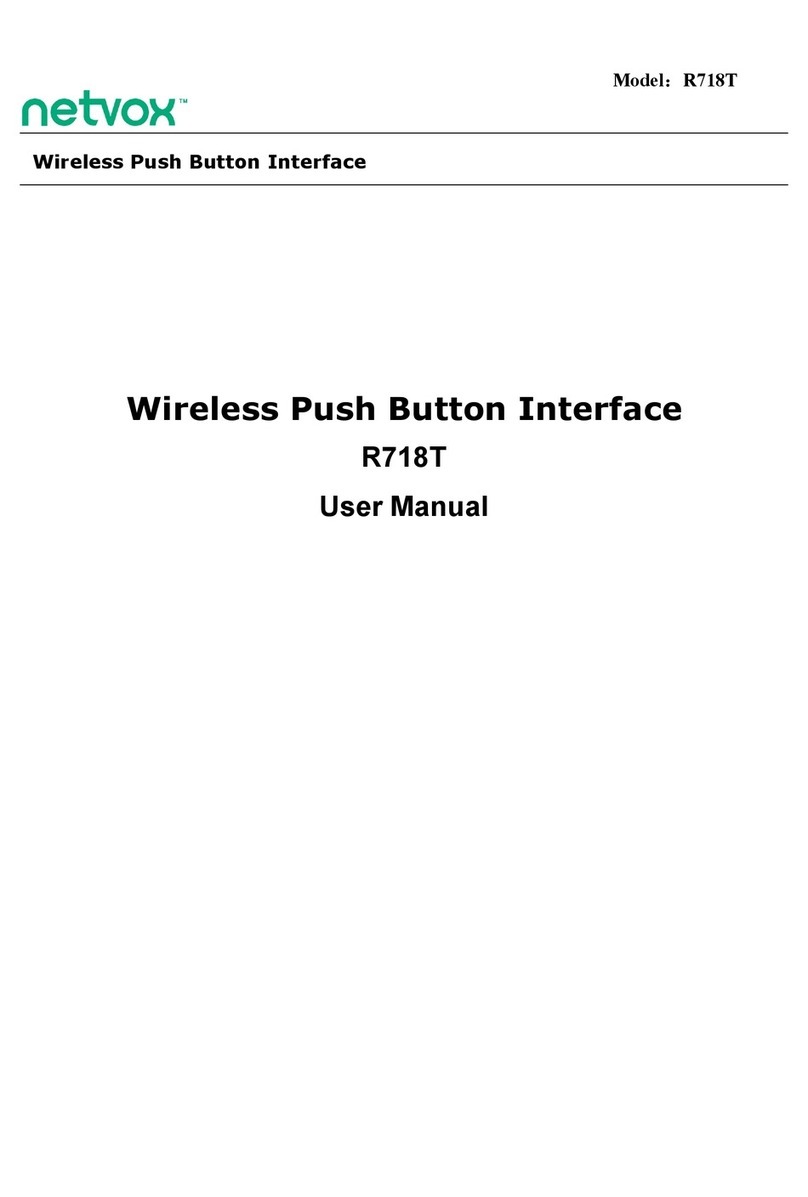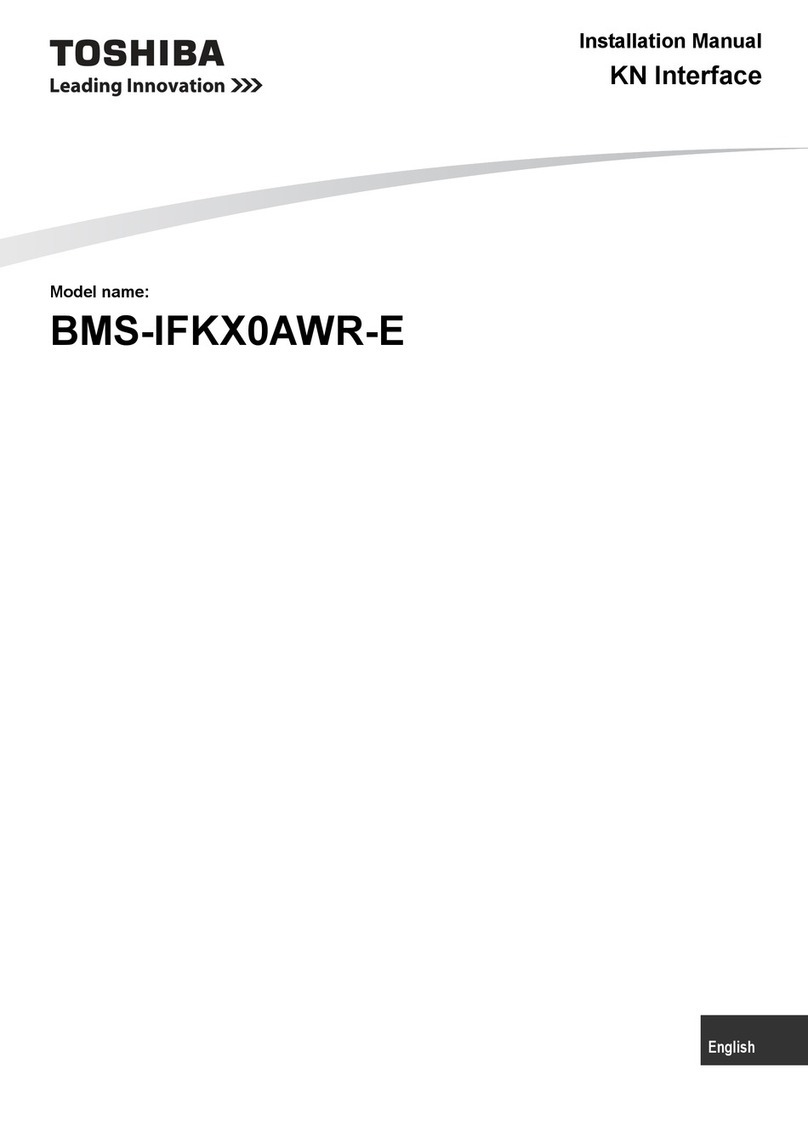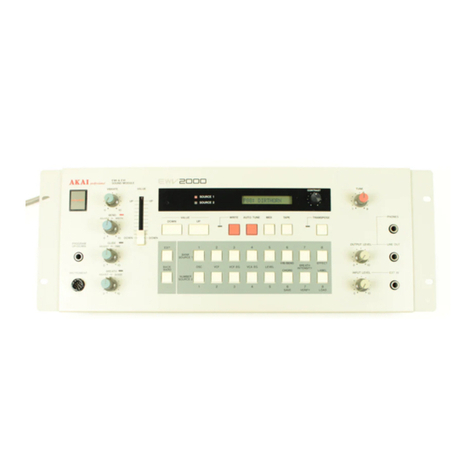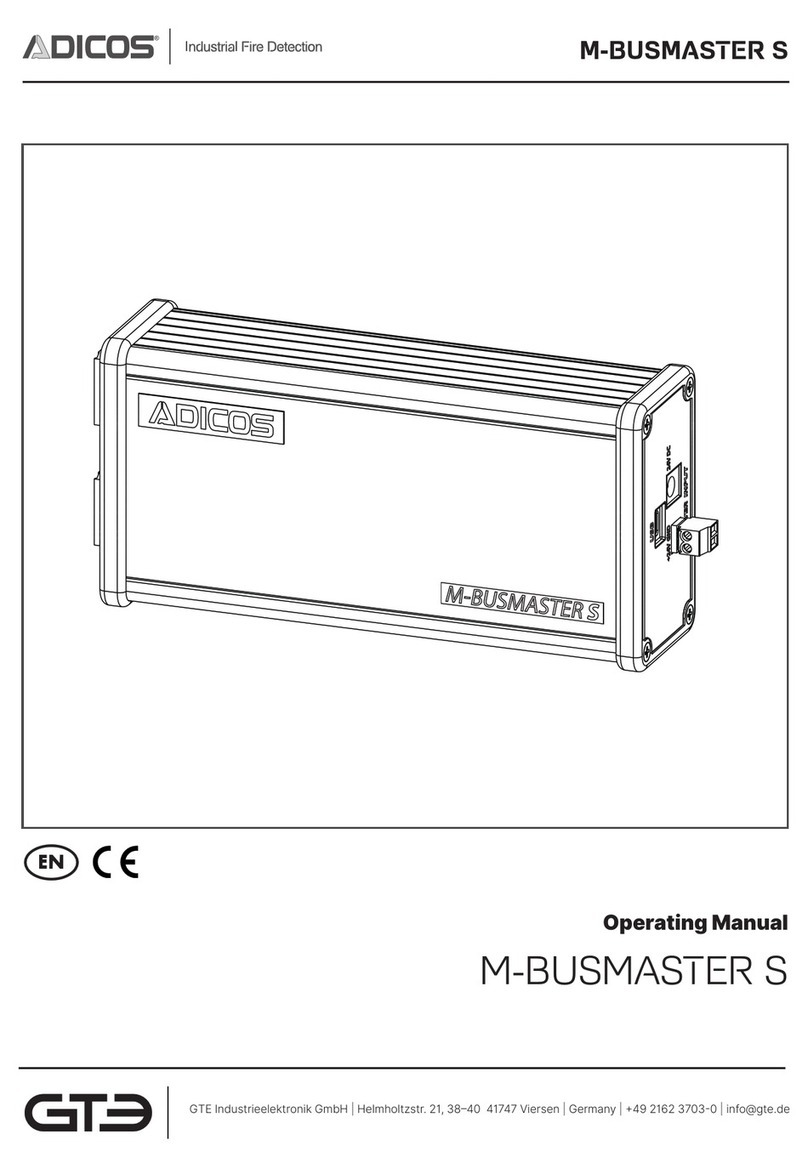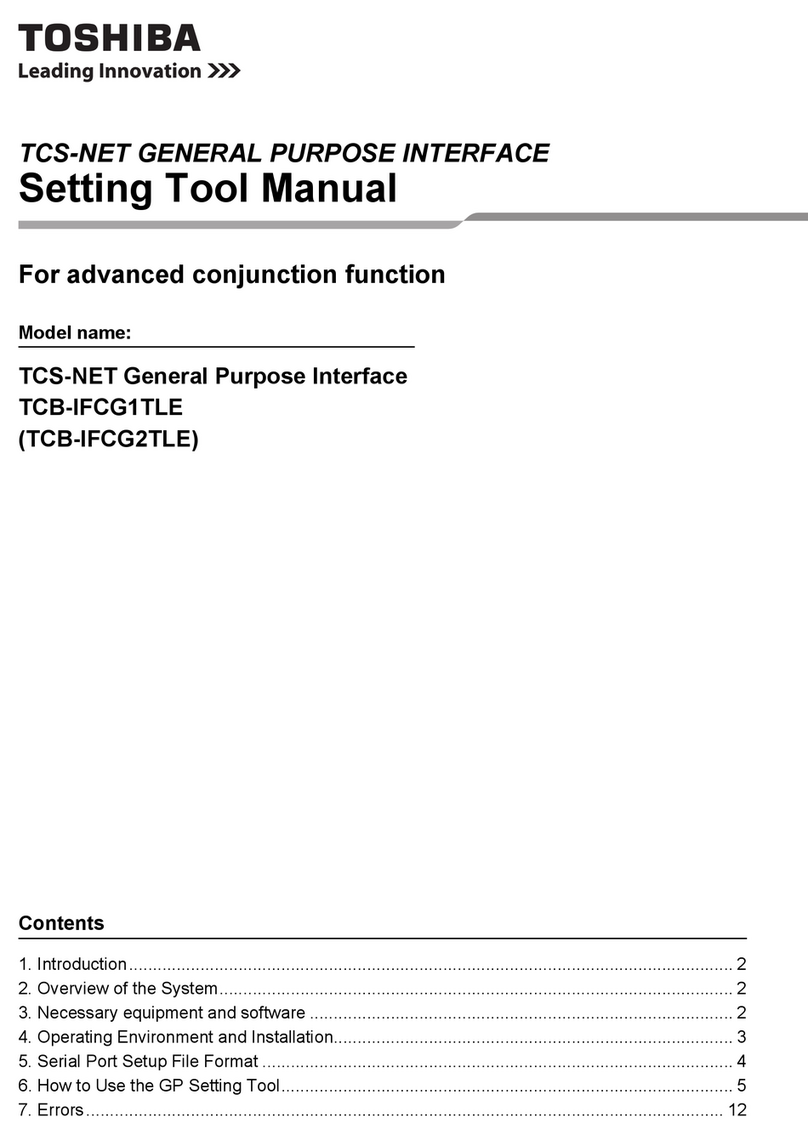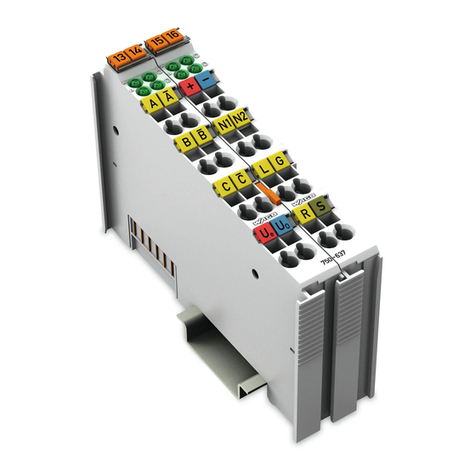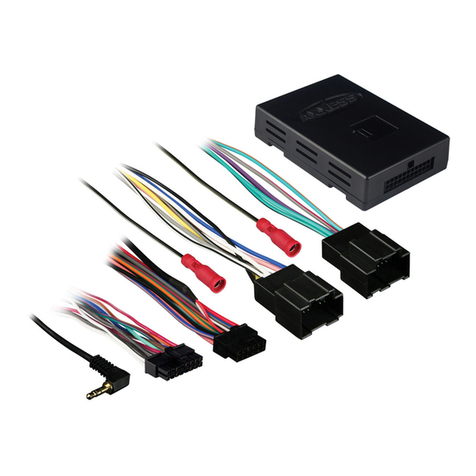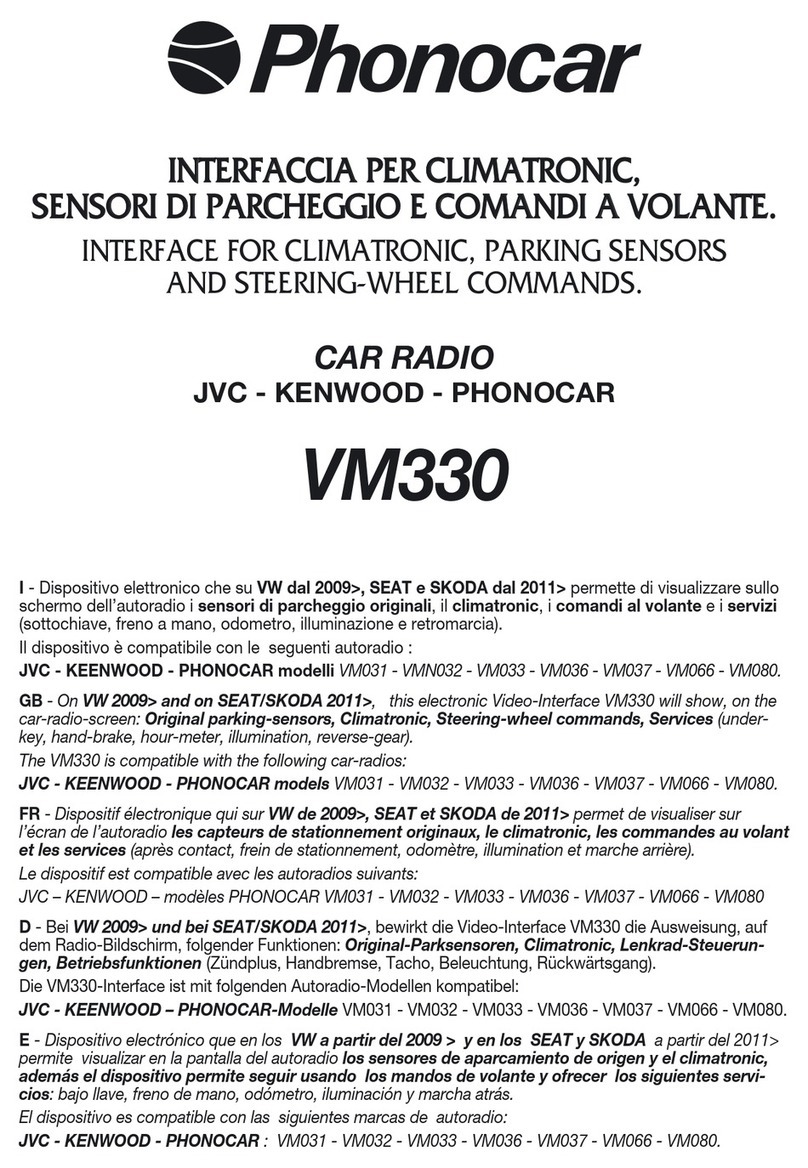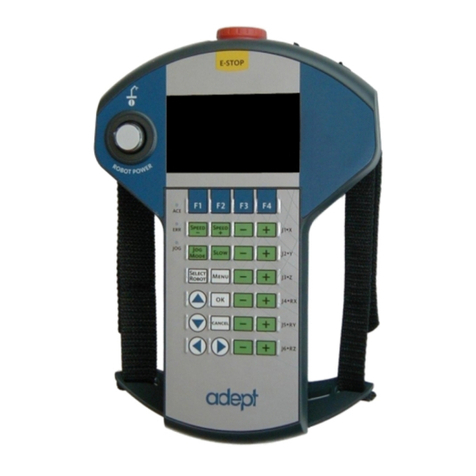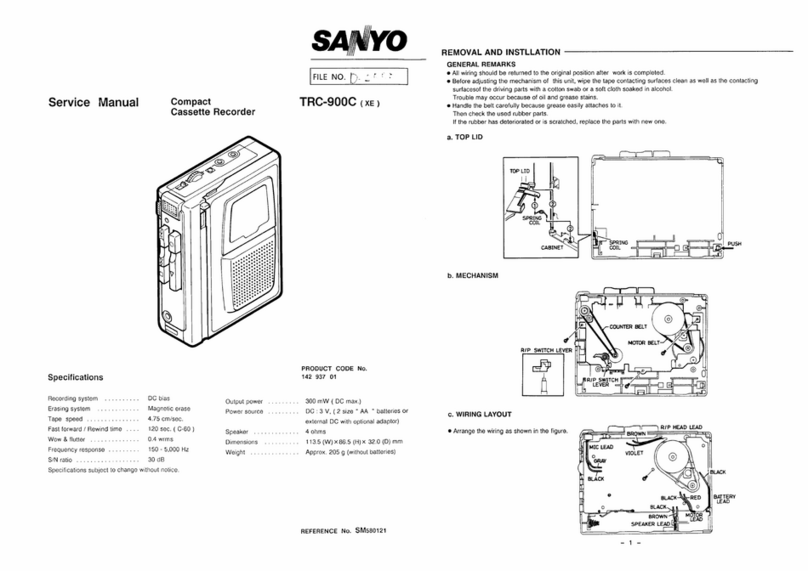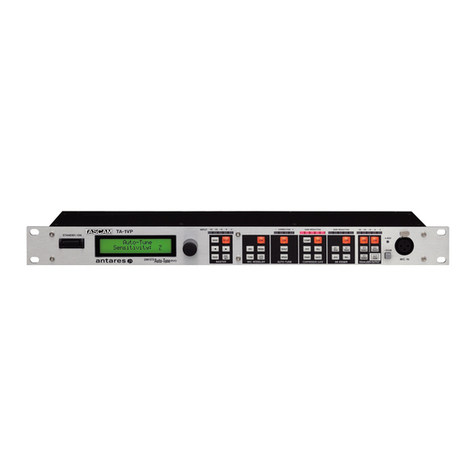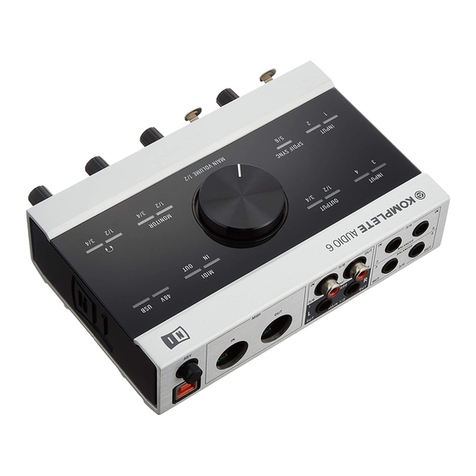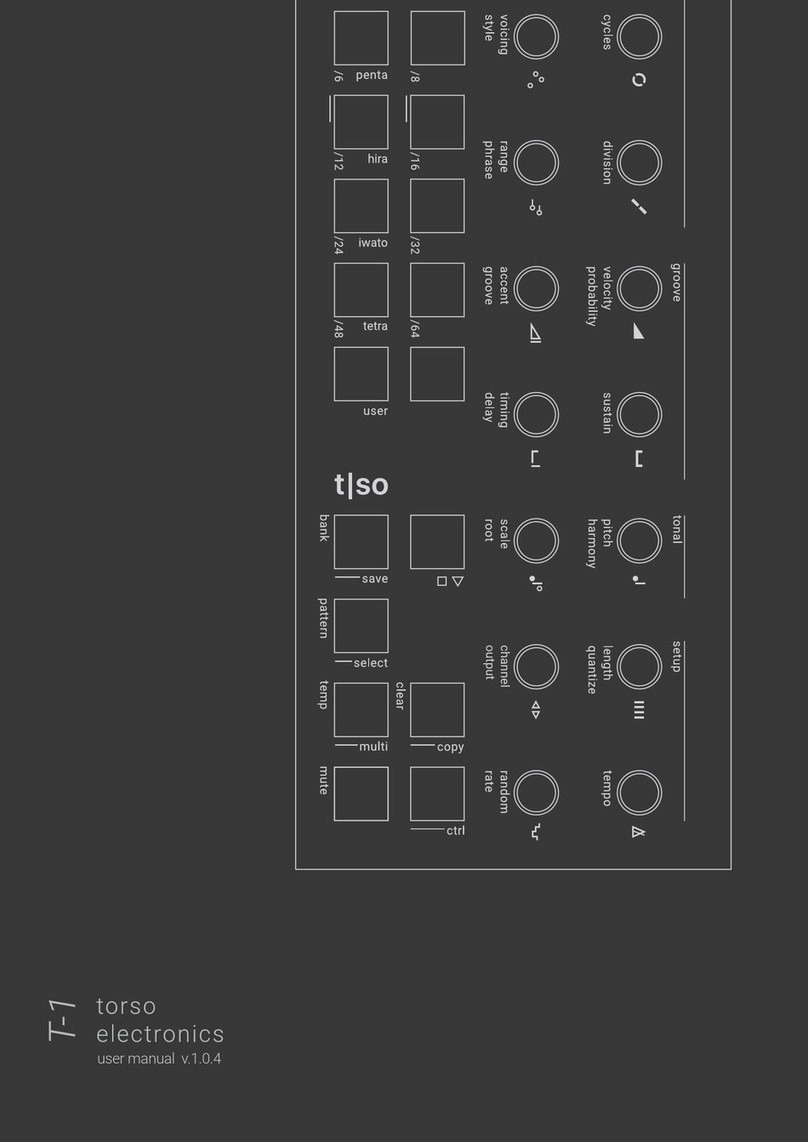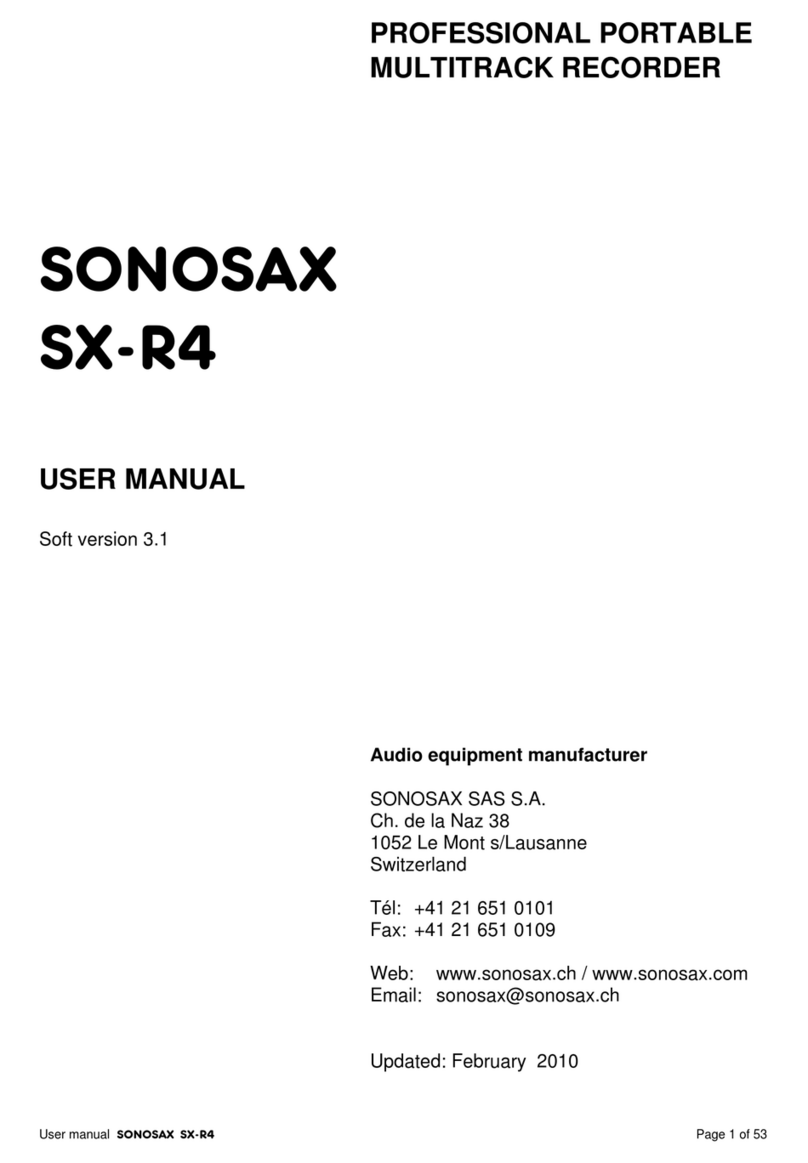netvox R718J User manual

R718J
Wireless Dry Contact Interface
Wireless Dry Contact Interface
R718J
User Manual

1
Table of Content
1. Introduction................................................................................................................ 2
2. Appearance................................................................................................................. 2
3. Main Feature .............................................................................................................. 3
4. Set up Instruction ....................................................................................................... 4
5. Data Report ................................................................................................................ 5
6. Installation.................................................................................................................. 8
7. Information about Battery Passivation....................................................................... 8
7.1 To determine whether a battery requires activation........................................... 9
7.2 How to activate the battery ................................................................................ 9
8. Important Maintenance Instruction.......................................................................... 10

2
1. Introduction
R718J is a ClassA external dry contact device based on LoRaWAN open protocol of Netvox. It can externally connect various
switches, buttons, relays and reed switch output. It can detect the closing or disconnecting signal of dry contact and is compatible
with LoRaWAN protocol.
LoRa wireless technology:
LoRa is a wireless communication technology dedicated to long-distance low-power consumption. Its spread-spectrum
modulation method greatly increases the communication distance compared with other communication methods, and can be
widely used in long-distance low-rate IoT wireless communication fields in various occasions. Such as automatic meter reading,
building automation equipment, wireless security systems, industrial monitoring and control. It has the characteristics of small
size, low power consumption, long transmission distance and strong anti-interference ability.
LoRaWAN:
LoRaWAN defines an end-to-end standard specification using LoRa technology to ensure interoperability between devices and
gateways from different vendors.
2. Appearance

3
3. Main Feature
⚫Apply SX1276 wireless communication module
⚫2 ER14505 lithium batteries (3.6V / section) parallel power supply
⚫Dry contact detection
⚫The base is attached with a magnet that can be attached to a ferromagnetic material object
⚫Protection class IP65/IP67 (Optional)
⚫Compatible with LoRaWANTM Class A
⚫Frequency hopping spread spectrum
⚫Configuration parameters can be configured via a third-party software platform, data can be read and alerts can be set via SMS
text and email (optional)
⚫Applicable to third-party platforms: Actility/ThingPark, TTN, MyDevices/Cayenne
⚫Low power consumption and long battery life

4
4.Set up Instruction
On/Off
Power on
Insert batteries. (users may need a screwdriver to open)
Turn on
Press and hold the function key for 3 seconds till the green indicator flashes once.
Turn off
(Restore to factory setting)
Press and hold the function key for 5 seconds till green indicator flashes for 20 times.
Power off
Remove Batteries.
Note:
1. Remove and insert the battery; the device is at off state by default.
2. On/off interval is suggested to be about 10 seconds to avoid the interference of capacitor
inductance and other energy storage components.
3. Five seconds after power on, the device will be in engineering test mode.
Network Joining
Never joined the network
Turn on the device to search the network.
The green indicator stays on for 5 seconds: success
The green indicator remains off: fail
Had joined the network
Turn on the device to search the previous network.
The green indicator stays on for 5 seconds: success
The green indicator remains off: fail
Function Key
Press and hold for 5 seconds
Restore to factory setting / Turn off
The green indicator flashes for 20 times: success
The green indicator remains off: fail
Press once
The device is in the network: green indicator flashes once and sends a report
The device is not in the network: green indicator remains off
Sleeping Mode
The device is on and in the
network
Sleeping period: Min Interval.
When the reportchange exceeds setting value or the state changes: send a data report according to
Min Interval.
Low Voltage Warning
Low Voltage
3.2V

5
5. Data Report
Data report configuration and sending period are as following:
Example of ConfigureCmd
FPort:0x07
Bytes
1
1
Var(Fix =9 Bytes)
CmdID
DeviceType
NetvoxPayLoadData
CmdID–1 bytes
DeviceType–1 byte –Device Type of Device
NetvoxPayLoadData–var bytes (Max=9bytes)
Min. Interval
(Unit:second)
Max. Interval
(Unit:second)
Reportable Change
Current Change≥
Reportable Change
Current Change<
Reportable Change
Any number between
1~65535
Any number between
1~65535
Can not be 0.
Report
per Min. Interval
Report
per Max. Interval
When the device is turned on, it will immediately send a version package.
Data will be reported once per hour by default setting.
Maximum time: 3600s
Minimum time: 3600s (Detect the current voltage value every 3600s by default setting)
Default reportchange:
Battery ---- 0x01 (0.1V)
Dry contact detection trigger:
When the dry contact is connected, the data status bit is “1”.
When the dry contact is disconnected, the data status bit is “0”.
Note:
The device send data cycle depends on real burning configuration.
The interval between two reports must be the minimum interval.

6
Description
Device
CmdID
DeviceType
NetvoxPayLoadData
ConfigReportReq
R718J
0x01
0x21
MinTime
(2bytes Unit:s)
MaxTime
(2bytes Unit:s)
BatteryChange
(1byte Unit:0.1v)
Reserved
(4Bytes,Fixed 0x00)
ConfigReportRsp
0x81
Status
(0x00_success)
Reserved
(8Bytes,Fixed 0x00)
ReadConfigRepor
tReq
0x02
Reserved
(9Bytes,Fixed 0x00)
ReadConfigRepor
tRsp
0x82
MinTime
(2bytes Unit:s)
MaxTime
(2bytes Unit:s)
BatteryChange
(1byte Unit:0.1v)
Reserved
(4Bytes,Fixed 0x00)
(1)Configure device parameters MinTime = 1min, MaxTime = 1min, BatteryChange = 0.1v
Downlink: 0121003C003C0100000000 003C(Hex) = 60(Dec)
Device returns:
8121000000000000000000 (configuration is successful)
8121010000000000000000 (configuration failed)
(2)Read device parameters
Downlink: 0221000000000000000000
Device returns:
8221003C003C0100000000 (current device parameters)
Example for MinTime/MaxTime logic:
Example#1 based on MinTime = 1 Hour, MaxTime= 1 Hour, Reportable Change i.e. BatteryVoltageChange=0.1V
MaxTime MaxTime
Sleeping(MinTime) Sleeping(MinTime)
Note:
MaxTime=MinTime. Data will only be report according to MaxTime (MinTime) duration regardless BtteryVoltageChange
value.
Wake up and collects data
REPORTS 3.6V
Wakes up and collects data
REPORTS 3.6V
Wakes up and collects data
REPORTS 3.6V

7
Example#2 based on MinTime = 15 Minutes, MaxTime= 1 Hour, Reportable Change i.e. BatteryVoltageChange= 0.1V.
MaxTime
Sleeping(MinTime) sleeping sleeping sleeping
0H 15th M 30th M 45th M 1H 2H
Example#3 based on MinTime = 15 Minutes, MaxTime= 1 Hour, Reportable Change i.e. BatteryVoltageChange= 0.1V.
MaxTime
sleeping sleeping
0H 15th M 30th M 45th M 1H 1H 10th M 1H 25th M 1H 40th M 1 1H 55th M
Notes:
(1)The device only wakes up and performs data sampling according to MinTime Interval. When it is sleeping, it does not
collect data.
(2)The data collected is compared with the last data reported. If the data change value is greater than the ReportableChange
value, the device reports according to MinTime interval.
If the data variation is not greater than the last data reported, the device reports according to
MaxTime interval.
(3)We do not recommend to set the MinTime Interval value too low. If the MinTime Interval is too low, the device wakes up
frequently and the battery will be drained soon.
(4)Whenever the device sends a report, no matter resulting from data variation, button pushed or MaxTime interval, another
cycle of MinTime/MaxTime calculation is started.
Wakes up and
collects data
3.6V
Does not report
Wakes up and
collects data
3.6V
Does not report
Wakes up and
collects data
REPORT 3.6V
Wakes up and
collects data
3.6V
Does not report
Wakes up and
collects data
REPORT 3.6V
Wakes up and collects data
3.5V |3.5-3.6|=0.1
REPORTS 3.5V
Users push the button,
REPORTS 3.5V.
Recalculate MaxTime.
Wakes up and
collects data 3.5V
Does not report
Wakes up
and collects
data
REPORTS
3.6V
Wakes up and
collects data
3.6V Does not
report
Wakes up and
collects data
3.5V Does not
report
Wakes up and
collects data
3.5V Does not
report
Wakes up and
collects data
3.5V Does not
report
Wakes up and
collects data
3.5V Does not
report
Wakes up
and collects
data
REPORTS
3.5V

8
6. Installation
1. The dry contact sensor (R718J) has a built-in magnet (as
Figure 1 below), which can be attached to the surface of an
iron object during installation, which is convenient and quick.
In order to make the installation firmer, please use screws
(purchased separately) to fix the device to the wall or other
surface. (as Figure 2 below)
Note: Do not install the device in a metal shielded box or in
an environment surrounded by other electrical equipment to
avoid affecting the wireless transmission of the device.
2. After the dry contact sensor detects the change of the
dry contact state, it will report the data immediately.
3. If the battery voltage is detected that exceeds the
change value during Min Time, the data will be reported
immediately.
4. Whether the state of the dry contact is change, a
piece of data will be reported regularly when the
MaxTime comes.
Note:
When the dry contact is connected, the data status bit is
“1”.
When the dry contact is disconnected, the data status bit
is “0”.
Dry contact sensor (R718J) can be used in the following
scenarios:
⚫Various switches and buttons
⚫Dry contact output of sensor
⚫The operating status of the equipment
⚫State monitoring of doors and windows in home or
business
The occasion is necessary to judge the state of the sensor
through the dry contact signal.
A diagram that the dry contact sensor (R718J) connecting to a wired smoke sensor.
Dry contact sensor
(R718J)
External power
supply
DC24V+
1
Wired smoke sensor
2
3
4
Dry contact
DC24V-

9
7. Information about Battery Passivation
Many of Netvox devices are powered by 3.6V ER14505 Li-SOCl2 (lithium-thionyl chloride) batteries that offer many
advantages including low self-discharge rate and high energy density.
However, primary lithium batteries like Li-SOCl2 batteries will form a passivation layer as a reaction between the lithium
anode and thionyl chloride if they are in storage for a long time or if the storage temperature is too high. This lithium chloride
layer prevents rapid self-discharge caused by continuous reaction between lithium and thionyl chloride, but battery passivation
may also lead to voltage delay when the batteries are put into operation, and our devices may not work correctly in this situation.
As a result, please make sure to source batteries from reliable vendors, and it is suggested that if the storage period is more
than one month from the date of battery production, all the batteries should be activated.
If encountering the situation of battery passivation, users can activate the battery to eliminate the battery hysteresis.
ER14505 Battery Passivation:
7.1 To determine whether a battery requires activation
Connect a new ER14505 battery to a resistor in parallel, and check the voltage of the circuit.
If the voltage is below 3.3V, it means the battery requires activation.
7.2 How to activate the battery
a. Connect a battery to a resistor in parallel
b. Keep the connection for 5~8 minutes
c. The voltage of the circuit should be ≧3.3, indicating successful activation.
Brand
Load Resistance
Activation Time
Activation Current
NHTONE
165 Ω
5 minutes
20mA
RAMWAY
67 Ω
8 minutes
50mA
EVE
67 Ω
8 minutes
50mA
SAFT
67 Ω
8 minutes
50mA
Note:
If you buy batteries from other than the above four manufacturers, then the battery activation time, activation current, and
required load resistance shall be mainly subject to the announcement of each manufacturer.

10
8. Important Maintenance Instruction
Kindly pay attention to the following in order to achieve the best maintenance of the product:
• Keep the equipment dry. Rain, moisture and various liquids or water may contain minerals that can corrode electronic circuits. In
case the device is wet, please dry it completely.
• Do not use or store in dusty or dirty areas. This way can damage its detachable parts and electronic components.
• Do not store in excessive heat place. High temperatures can shorten the life of electronic devices, destroy batteries, and deform
or melt some plastic parts.
• Do not store in excessive cold place. Otherwise, when the temperature rises to normal temperature, moisture will form inside
which will destroy the board.
• Do not throw, knock or shake the device. Treating equipment roughly can destroy internal circuit boards and delicate structures.
• Do not wash with strong chemicals, detergents or strong detergents.
• Do not paint the device. Smudges can make debris block detachable parts up and affect normal operation.
• Do not throw the battery into the fire to prevent the battery from exploding. Damaged batteries may also explode.
All the above suggestions apply equally to your device, batteries and accessories.
If any device is not operating properly, please take it to the nearest authorized service facility for repairing.
Other manuals for R718J
2
Table of contents
Other netvox Recording Equipment manuals
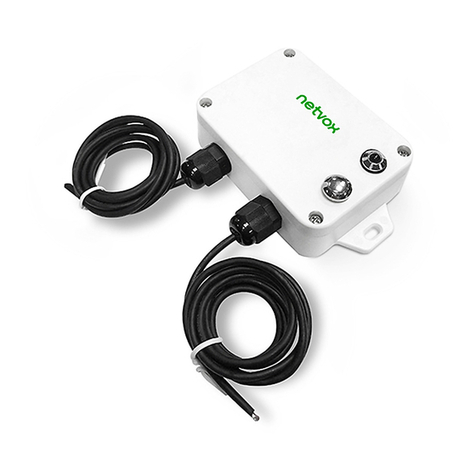
netvox
netvox R718J2 User manual
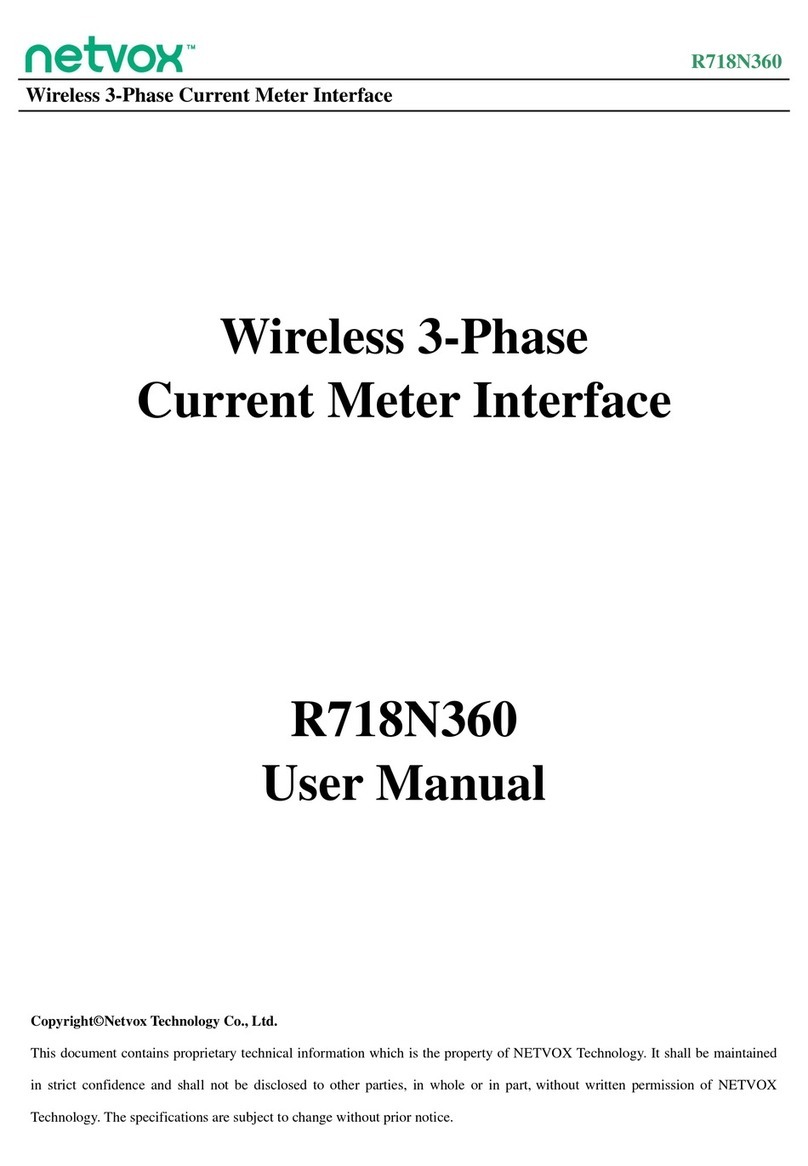
netvox
netvox R718N360 User manual

netvox
netvox R718H2 User manual
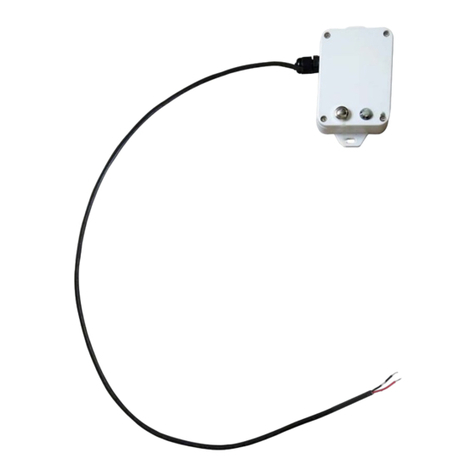
netvox
netvox R718IB User manual
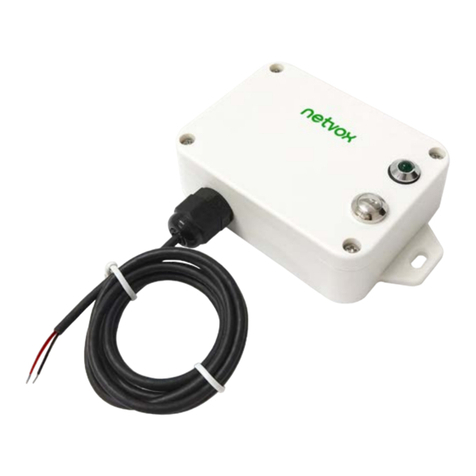
netvox
netvox R718IA User manual
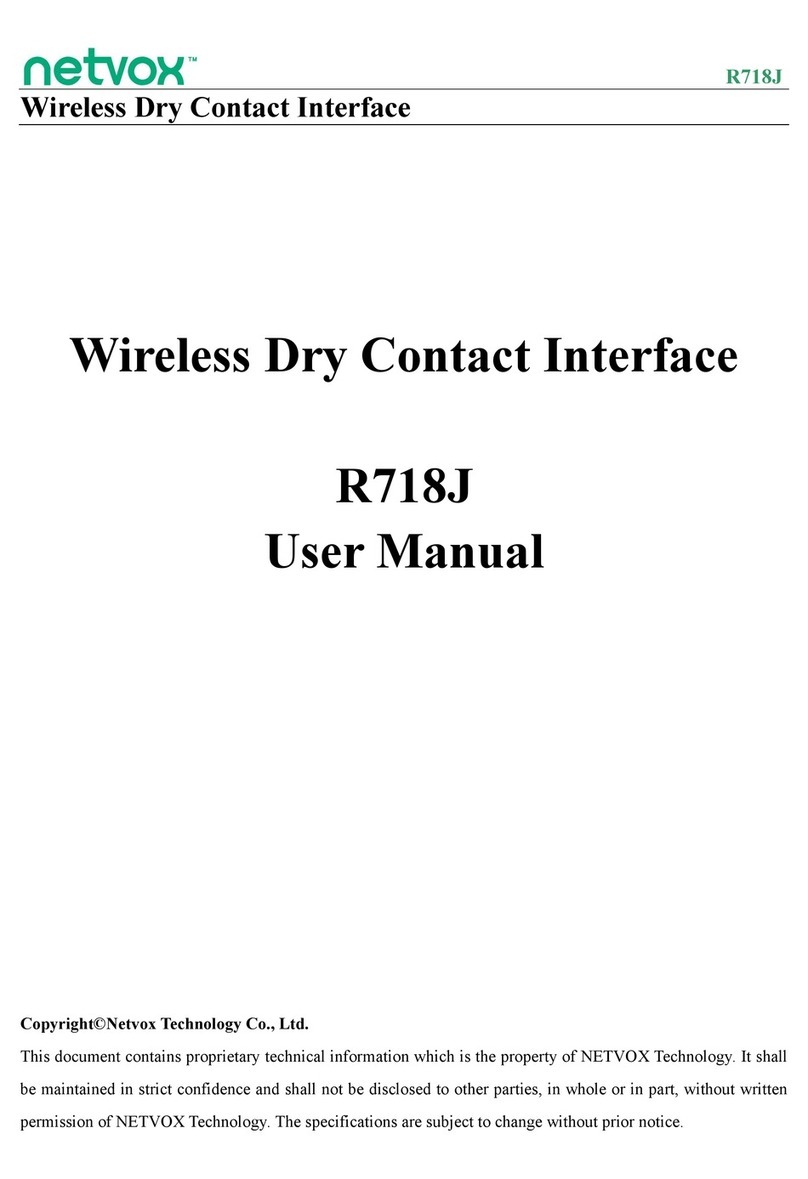
netvox
netvox R718J User manual

netvox
netvox R718IA User manual
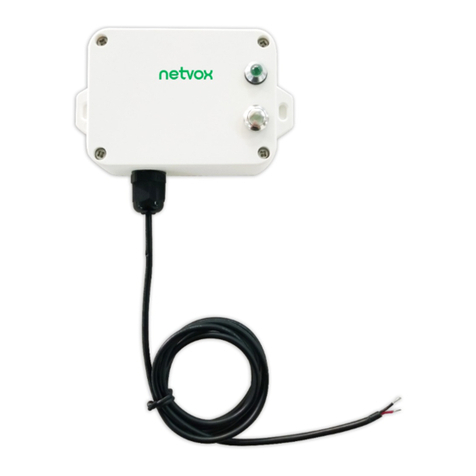
netvox
netvox DirekTronik R718KA User manual
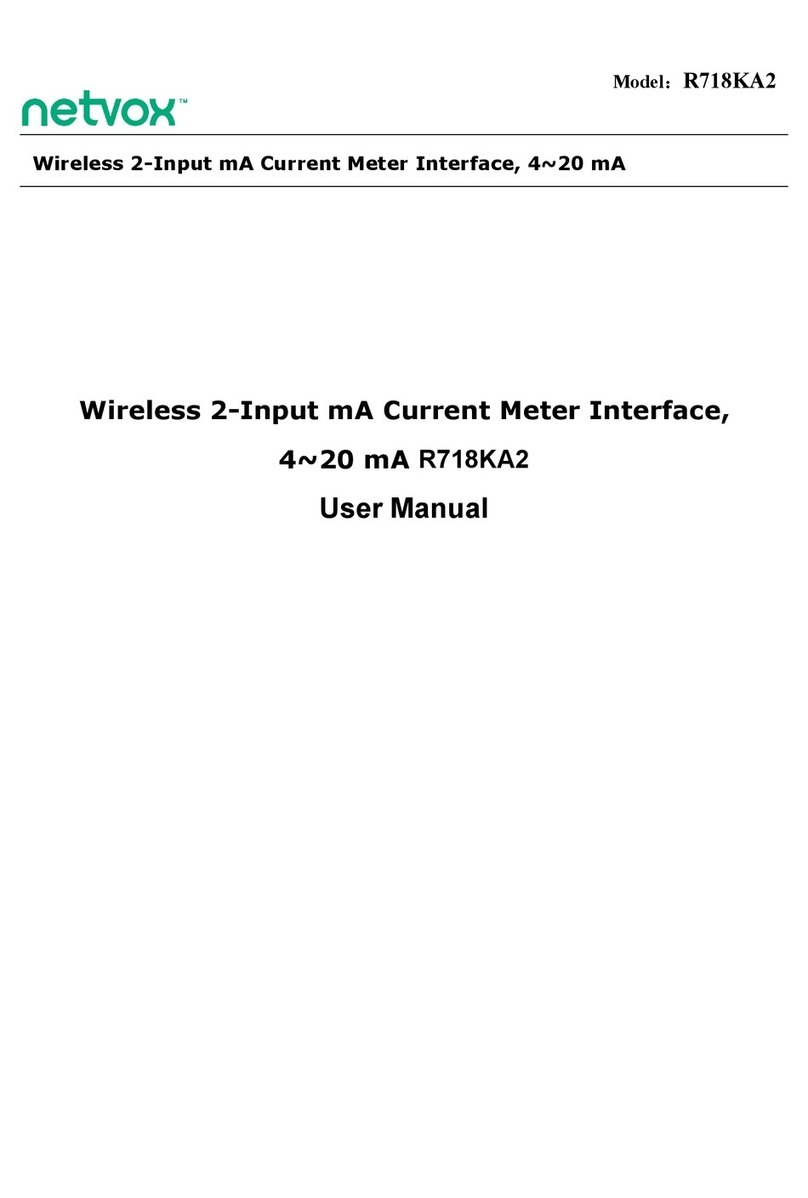
netvox
netvox R718KA2 User manual
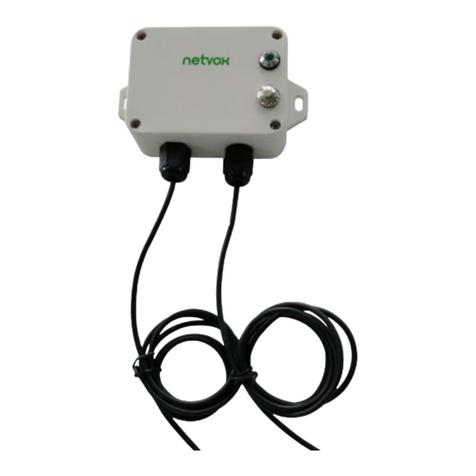
netvox
netvox R718IB2 User manual
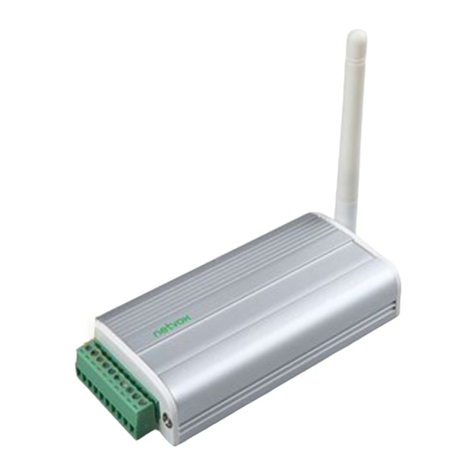
netvox
netvox ZigBee ZL01B User manual
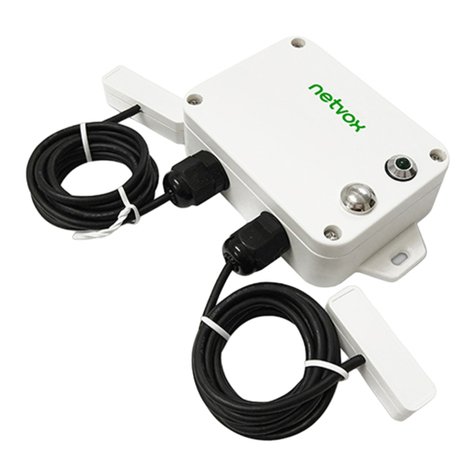
netvox
netvox R718T2 User manual
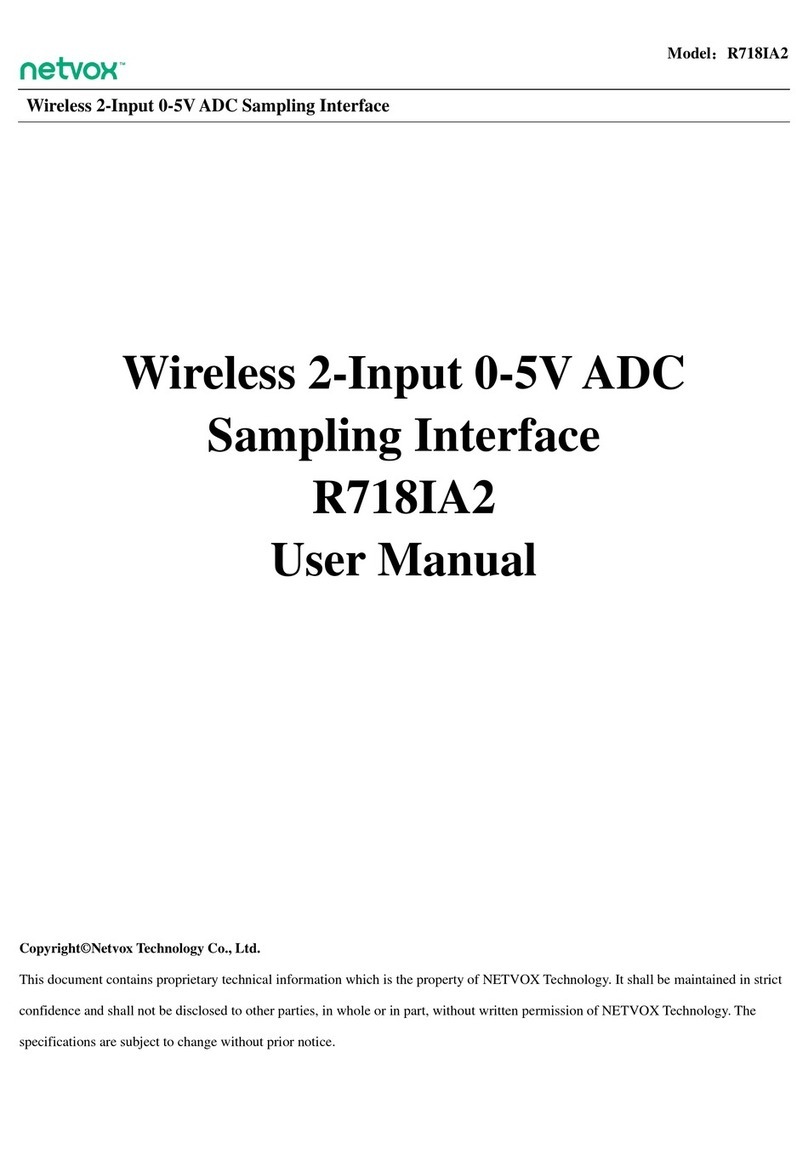
netvox
netvox R718IA2 User manual
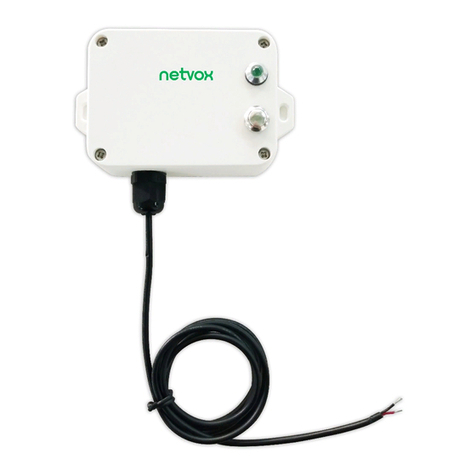
netvox
netvox R718CK User manual

netvox
netvox R718CT2 User manual

netvox
netvox R718IB User manual

netvox
netvox R718IB2 User manual

netvox
netvox R718H User manual
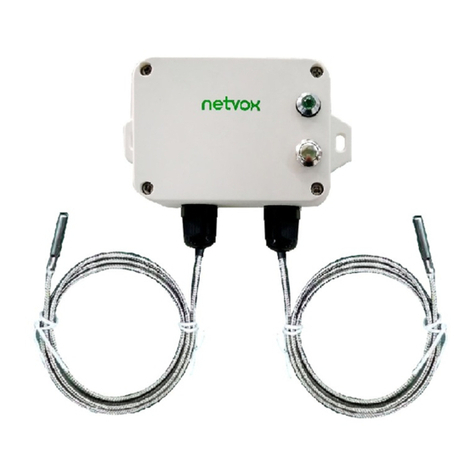
netvox
netvox R718CT2 User manual

netvox
netvox ZigBee Z103A User manual

